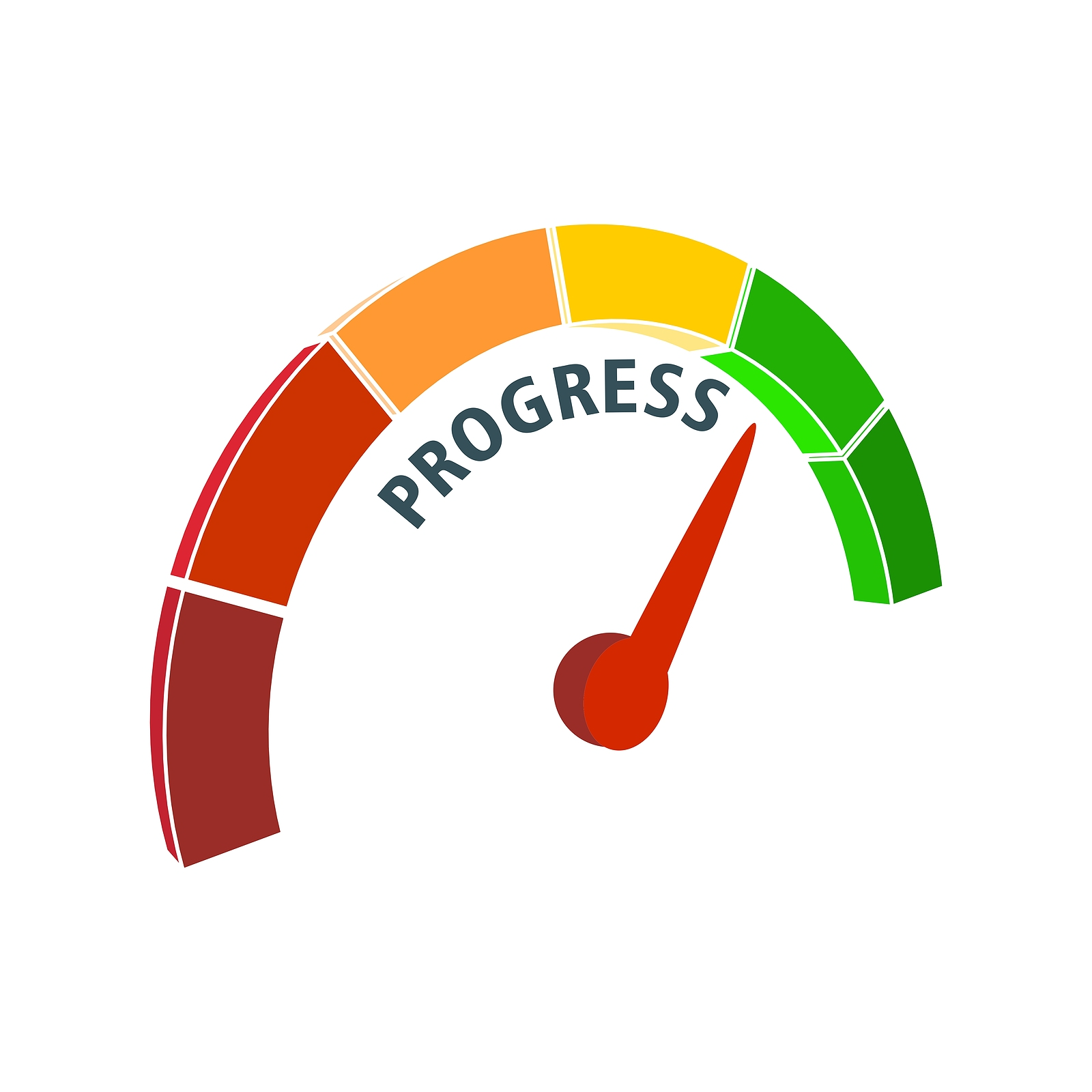CALL US TODAY! (404) 850-8333
Conversion Tracking: An ROI Game Changer
If you haven’t invested in conversion tracking, you’re missing out on a valuable resource to evaluate ROI. Conversion tracking lets you analyze everything from form submissions, calls, sales and more. No matter your campaign, you can see results in real time to evaluate your goals.
Conversion tracking is simple to set up for your website or digital ad campaigns. Read more to find out how to get started and use your conversions to measure and optimize your business.
Setting Up Conversion Tracking
One of the best ways to set up conversion tracking is through Google Analytics Goals. Google Analytics offers templates to set up goals related to revenue, acquisition, inquiry and engagement. You can also set up a custom goal if you’d like to track something more specific.
Google tracks your goal every time someone visits a page, stays for a certain time, views a certain number of pages, or completes an action. For example, to track sales you would set up a revenue goal that counts every time someone completes a sale online.
You can also track conversions on your advertising campaigns.
Google Ads will let you implement call tracking and more. On other platforms like Facebook, you can set up a pixel to track website visitors directly through the platform.
Contact Us
We will get back to you as soon as possible.
Please try again later.
How to Use Conversion Tracking
When it comes to revenue, eCommerce conversion tracking will offer the most accurate sales counts. You can use your conversion tracking to evaluate the rate of sales compared to site visits. A good conversion rate means that the number of conversions is closer to the number of site visitors.
You can also use conversion tracking for nearly any type of behavior online. If you have a goal to generate leads through form submissions, you can track every time someone shares their information.
For B2B businesses, conversion tracking will give you an accurate view of lead generation. As you’re running ads, you can set up conversion tracking to count calls, clicks and more. Through tracking the number leads, you can begin to develop your lead acquisition cost.
Measuring ROI Using Conversion Tracking
Once your conversion tracking is set up, you can use it to evaluate your ROI. If you’re tracking conversions on a campaign, a simple formula to start with is the conversion rate.
Take your total number of conversions and divide it by your total ad interactions. For example, if you have 1,000 conversions from 20,000 interactions, your conversion rate would be 1,000/20,000, or 5%.
Using your conversion rate, you can set metrics to help determine ROI. Though it varies between industries, the average landing page conversion rate is about 2.35%. The higher the conversion rate, the more ROI you’ll receive since your campaigns are moving more clicks toward actions.
Optimizing Your Website and Campaigns
Now that you know how to use conversion tracking to measure your goals, you can also use it to optimize. If your conversion rate isn’t as high as you’d like, you may need to consider your website design or content to help encourage more users to make sales.
Keep in mind that conversion tracking is just one part of a broader marketing strategy you should have in place. Contact ClickReady Marketing today to get started. (404) 923-0015
LOCATIONS
CORPORATE OFFICE / MAILING ADDRESS
131 PROMINENCE CT. STE 210,
DAWSONVILLE, GA 30534
CUMMING SEO OFFICE:
410 PEACHTREE PARKWAY, BUILDING 400 SUITE 4245 CUMMING, GA 30041
Phone: 404-850-8333
ATLANTA SEO OFFICE:
1155 MT. VERNON HIGHWAY NE, SUITE 800,
ATLANTA, GA 30338
Phone: 678-820-7407
ALPHARETTA SEO OFFICE
5815 Windward Pkwy, Ste302
Alpharetta, GA.
Phone: 404-923-0015
ALSO PROVIDING:
QUICK LINKS
All Rights Reserved | Click Ready Marketing



